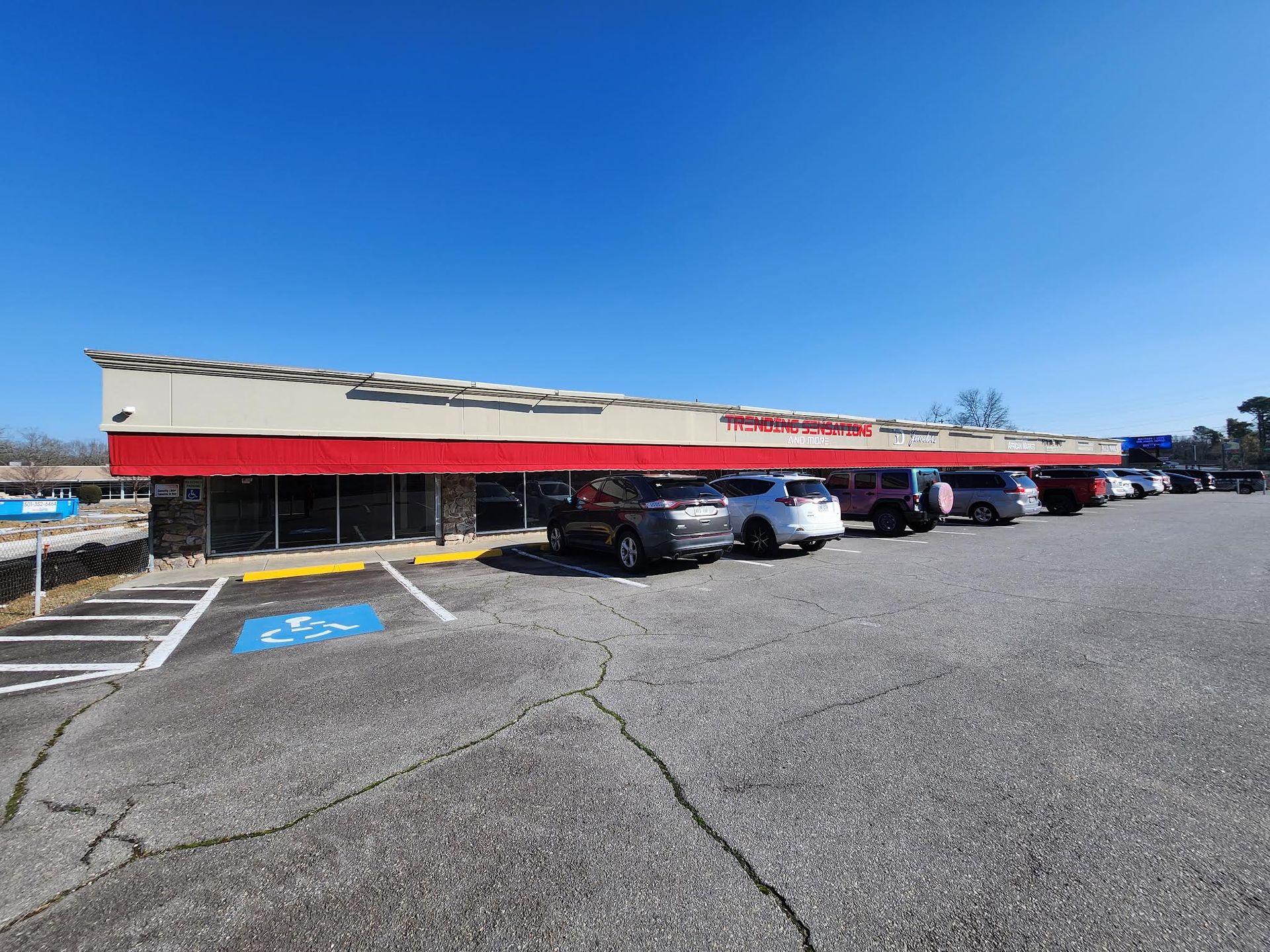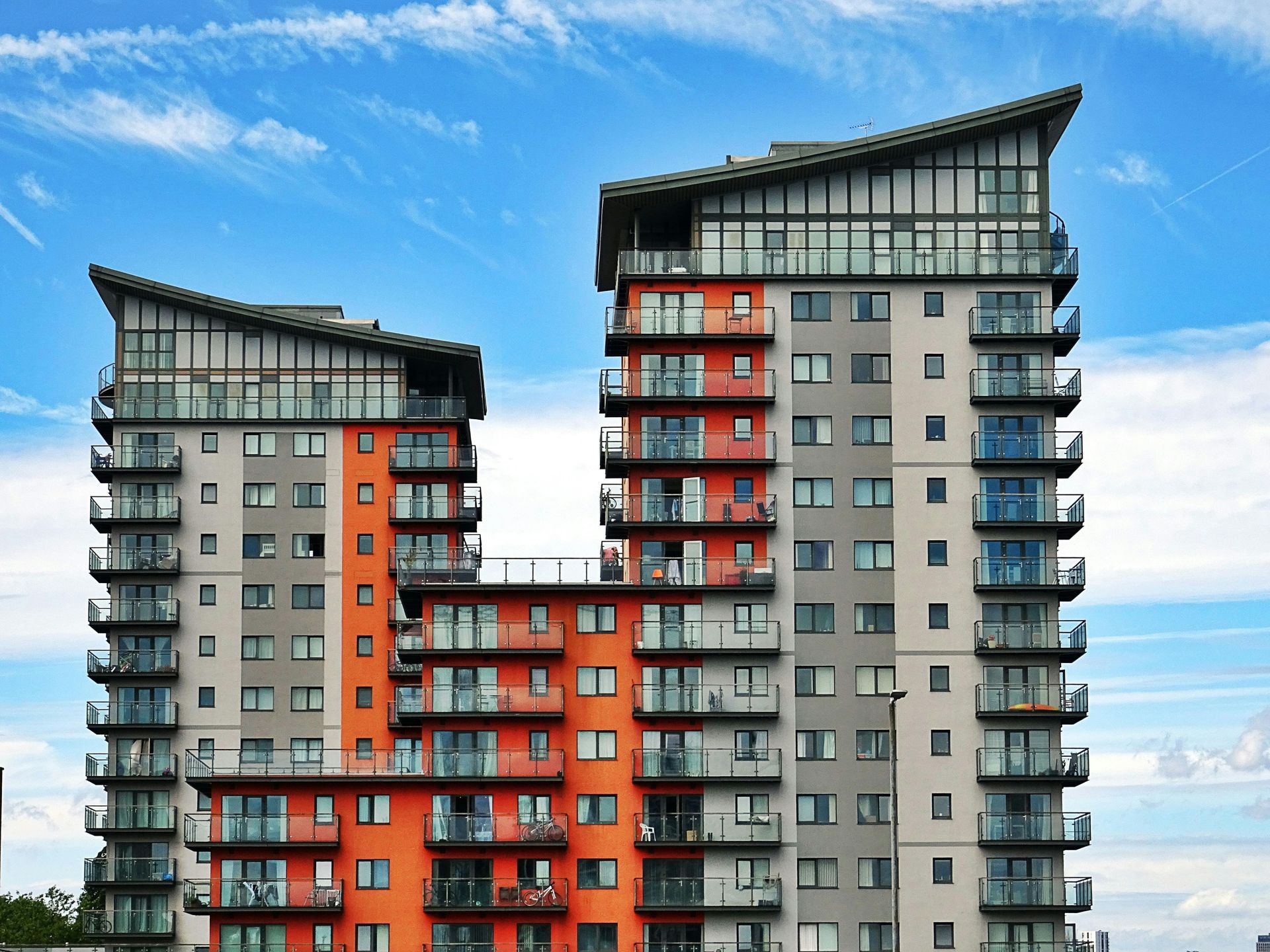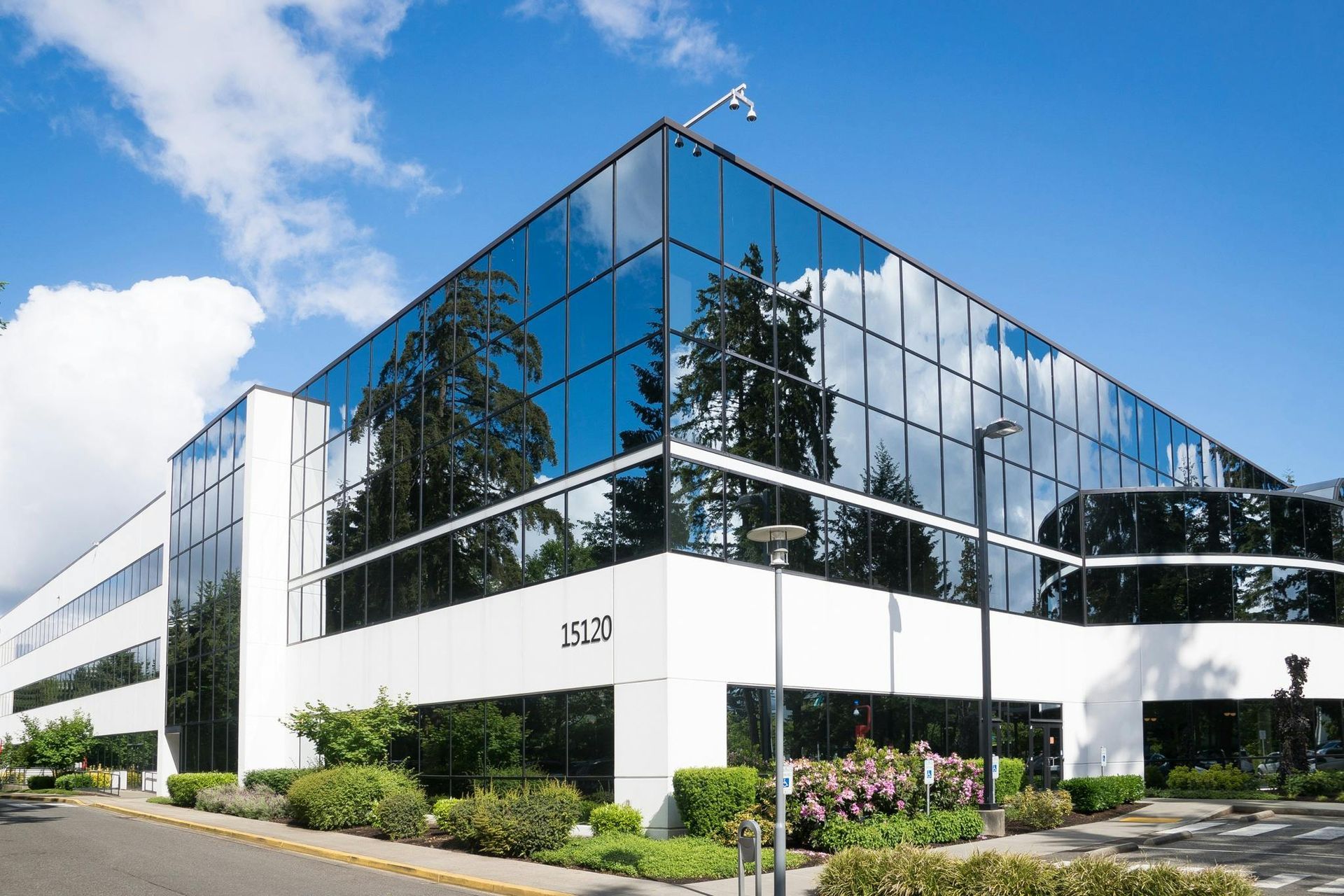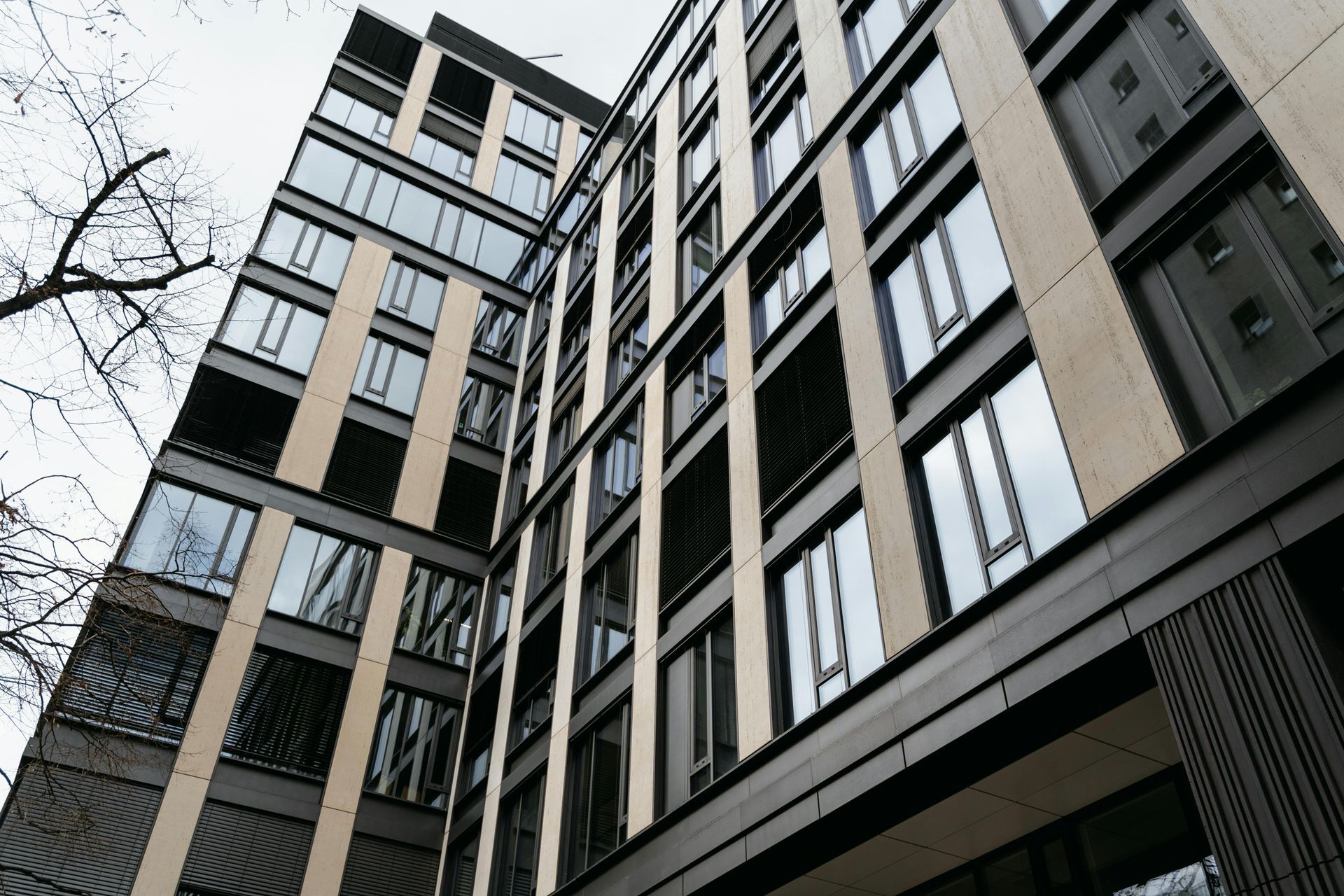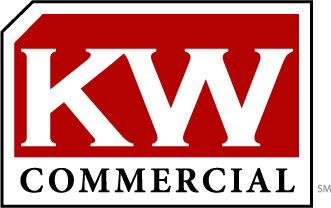Investing in Retail Vs Industrial vs Office: A Comparison

Investing in commercial real estate can be a lucrative endeavor, but it's essential to choose the right type of property that aligns with your investment goals and risk tolerance. Among the various categories of commercial real estate, retail, industrial, and office properties are some of the most common options.
Retail Properties
Retail properties encompass shopping centers, strip malls, standalone stores, and other spaces where businesses sell products or services to consumers. Here are some key considerations for investing in retail real estate:
Location is Critical
Retail properties heavily depend on location. High-traffic areas and proximity to residential neighborhoods are crucial for attracting tenants and customers. Prime retail locations often come with higher price tags.
Tenant Mix Matters
The success of a retail property is closely tied to its tenant mix. Diversifying tenants from various industries can mitigate risks associated with economic downturns affecting specific sectors.
Lease Terms
Retail leases often come with triple-net (NNN) leases, where tenants cover property taxes, insurance, and maintenance costs. Longer lease terms provide stability, but shorter terms offer the opportunity to adjust rents to market rates.
Economic Sensitivity
Retail properties are sensitive to economic cycles and consumer spending habits. They may experience fluctuations during economic downturns.
Industrial Properties
Industrial properties include warehouses, distribution centers, manufacturing facilities, and logistics hubs. Here are key considerations for investing in industrial real estate:
Location and Logistics
Proximity to major highways, ports, and transportation hubs is critical for industrial properties. Efficient logistics and access to transportation networks can drive demand.
Lease Durations
Industrial leases tend to be longer, providing more predictable income. Triple-net leases are common, with tenants responsible for maintenance and operating expenses.
Growing E-commerce
The rise of e-commerce has increased the demand for industrial properties, particularly those suitable for distribution and last-mile delivery centers.
Limited Tenant Base
Industrial properties may have a limited tenant base compared to retail and office properties, making tenant selection and lease negotiations crucial.
Office Properties
Office properties include office buildings and complexes where businesses operate and employees work. Here are some key factors to consider when investing in office real estate:
Location and Amenities
Office properties in desirable locations with access to amenities like restaurants, public transportation, and parking tend to attract high-quality tenants.
Lease Lengths and Tenant Stability
Long-term leases are common in office real estate, providing steady income. Tenant stability is essential for minimizing vacancies.
Economic Trends
Office properties can be sensitive to economic trends and employment rates. Economic downturns may lead to downsizing or office space consolidation.
Tenant Improvements
Tenant improvements (TIs) and build-out costs can impact returns. Consider the balance between attracting high-quality tenants and managing TIs.
Investing in retail, industrial, or office real estate requires a thorough understanding of the unique characteristics and risks associated with each property type. Your investment goals, risk tolerance, and market conditions should guide your decision. Diversifying your commercial real estate portfolio across different property types may also help mitigate risks associated with economic fluctuations in specific sectors. Regardless of your choice, thorough due diligence, location analysis, and a long-term perspective are crucial for successful commercial real estate investments. Consulting with a real estate professional can provide valuable insights and guidance tailored to your specific investment objectives.



